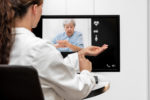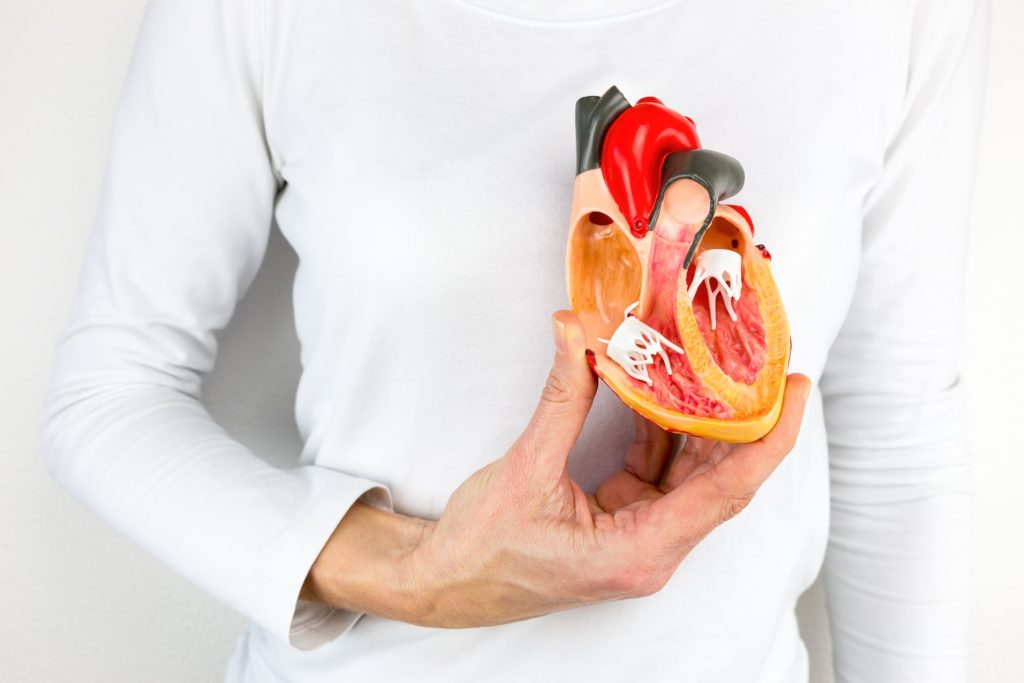There are just not enough hours in the day to read all the research journals, even if you wanted to. This section of BJPCN – Evidence in Practice – will keep you on top of relevant research without having to spend hours in the library. Each review gives you a bite-size summary of new research, pulling out key points for primary care and recommending the action that you might consider taking.























